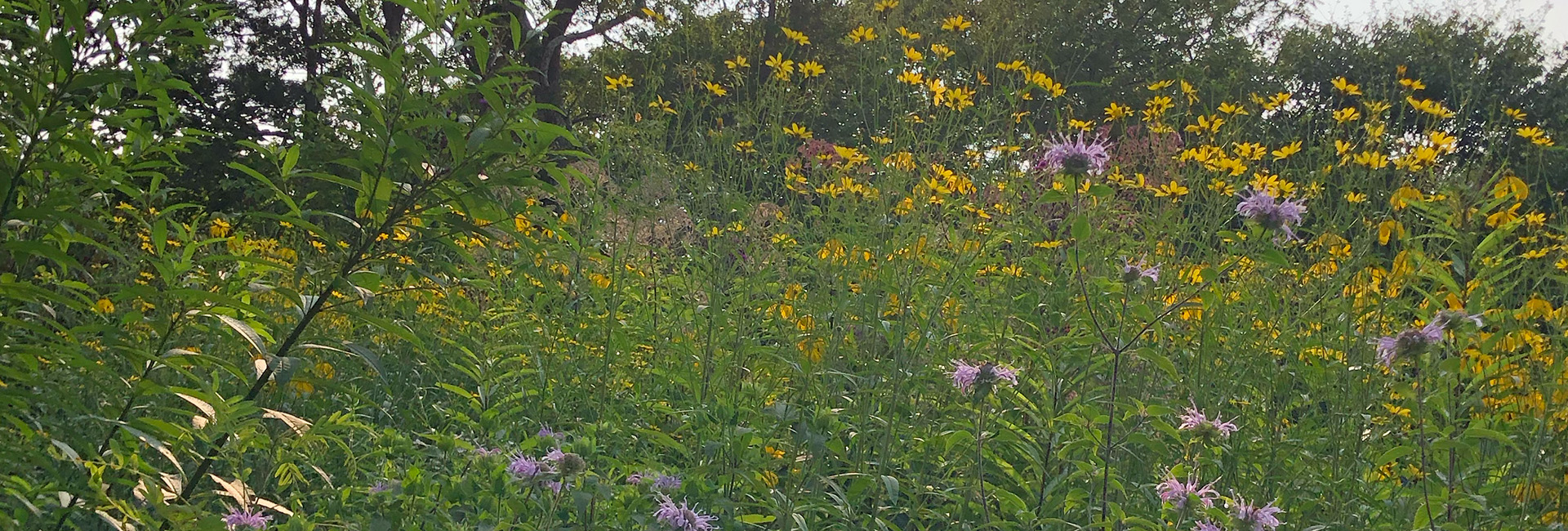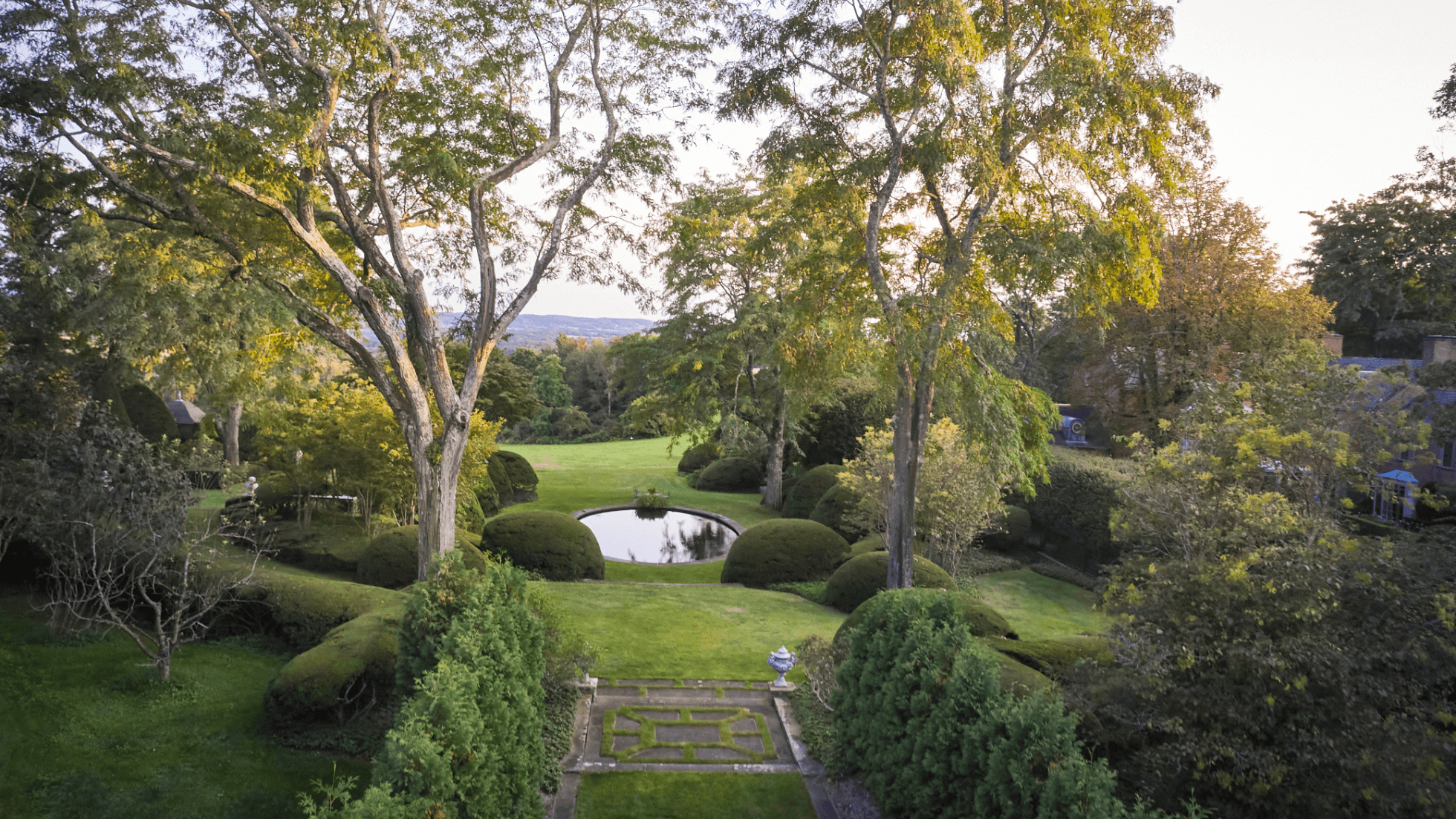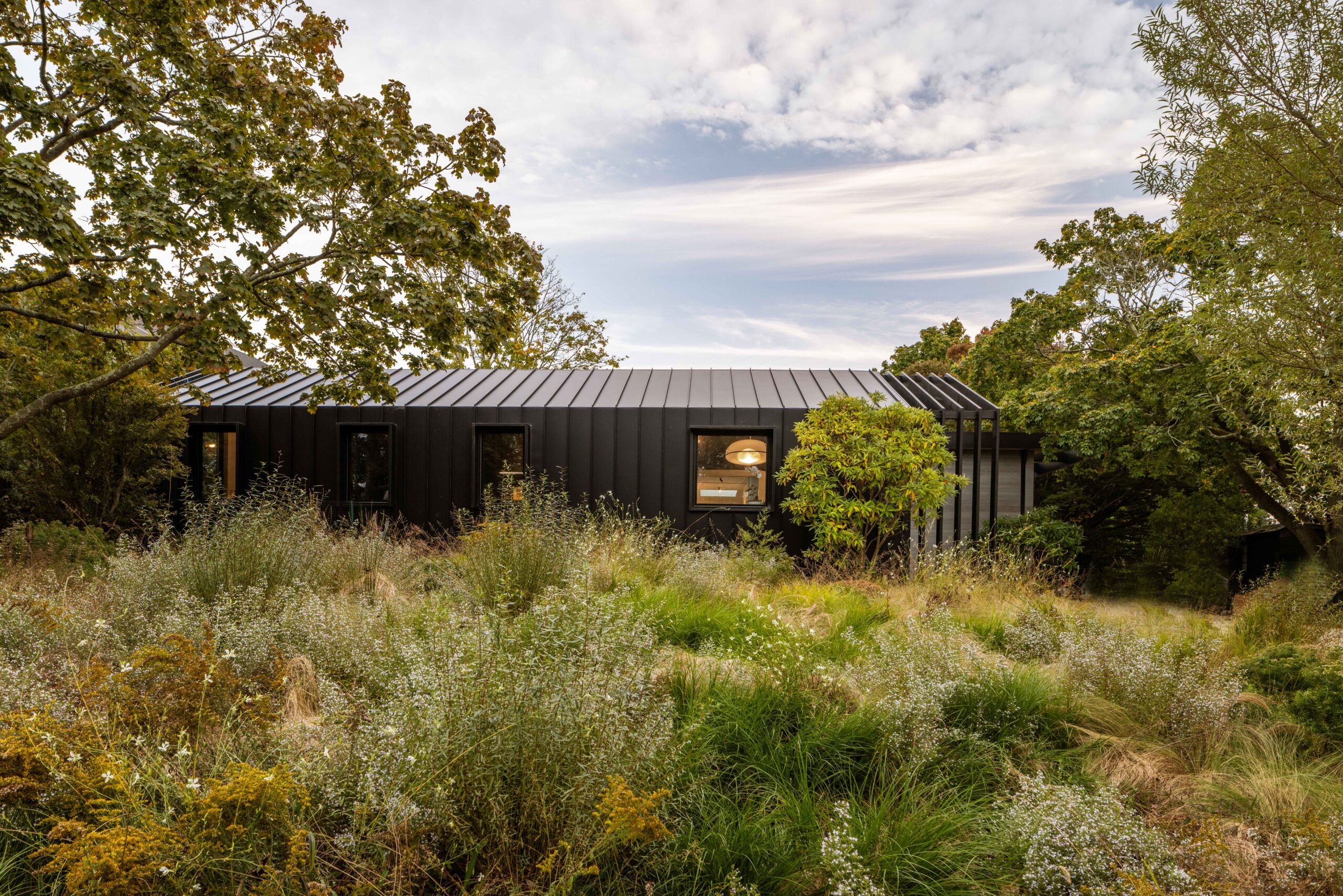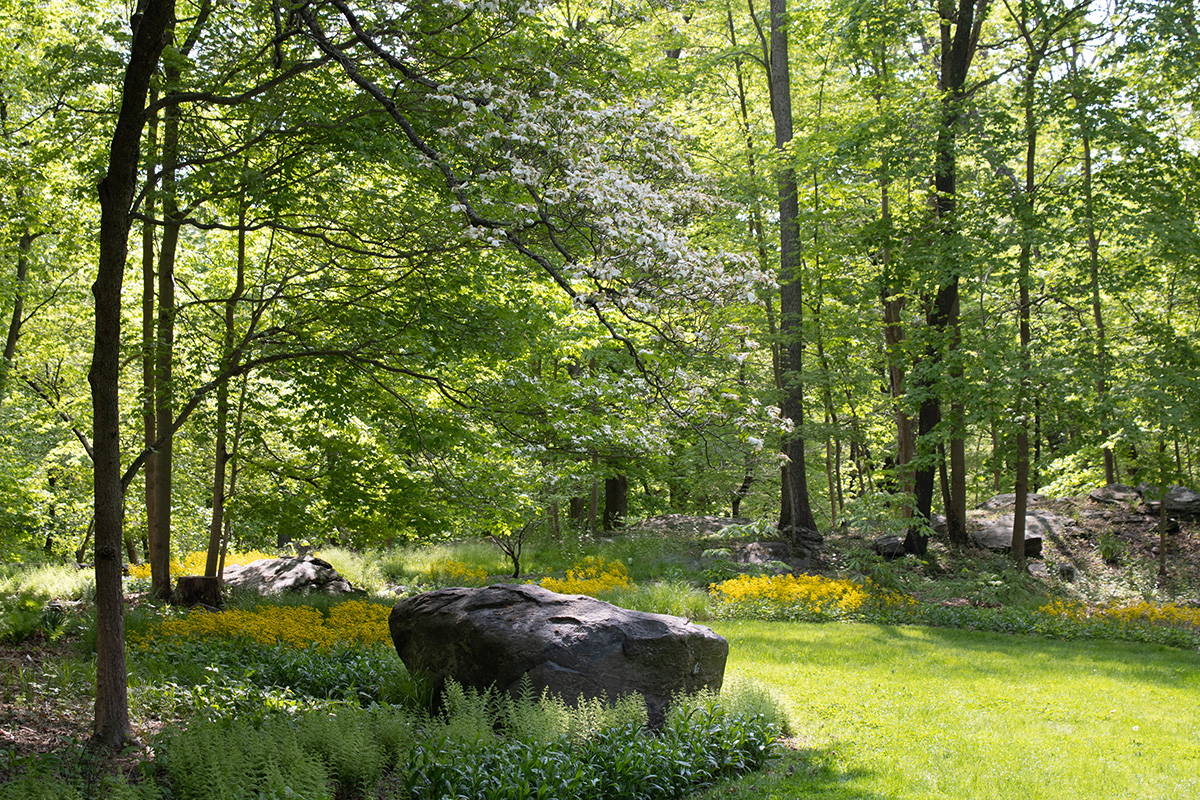
I love the beach. I’ve spent at least part of every summer since I was born on the same small barrier island off the southern tip of New Jersey—swimming, looking at tidepools, rejoicing when I spy a piping plover patter by the water’s edge, and generally breathing easier. It’s my happy place and I’d like it to be there forever. Last year they had to replenish the beach after a big storm again, as they did a few years prior, and some years prior to that. They’re not alone. This February, a coastal town in Massachusetts completed a dune project. They brought in thousands of tons of sand, only to have it (and the half a million dollars spent to create it) completely washed away no more than 72 hours after they were done. Fortunately, organizations like the Naples Botanical Garden are finding ways to mitigate this kind of damage and protect our coastal ecosystems through nature-based dune restoration.
We sat down with Chad Washburn, their Vice President of Conservation, to talk about these nature-based solutions, the superhero plants that can protect our beaches, and what we can all do to help.
Photography courtesy of Naples Botanical Garden.
Why are beach dunes important?
“Beach dunes are a dynamic coastal ecosystem, and our first line of defense against storms, storm surges, and waves. When you live in a coastal community, they form the barrier that protects us—everything from the schools, the roads, the infrastructure, our homes. Dunes provide environmental and economic protection.
They are a narrow ecosystem, but when you think about it, they are one of our largest wildlife corridors in Florida. We have miles of coastline, and everywhere we have beach dune and mangrove ecosystems. Together these act as a corridor for pollinators, coastal seabirds, small mammals, tortoises, and sea turtles, who lay their eggs in them. They’re vital.”
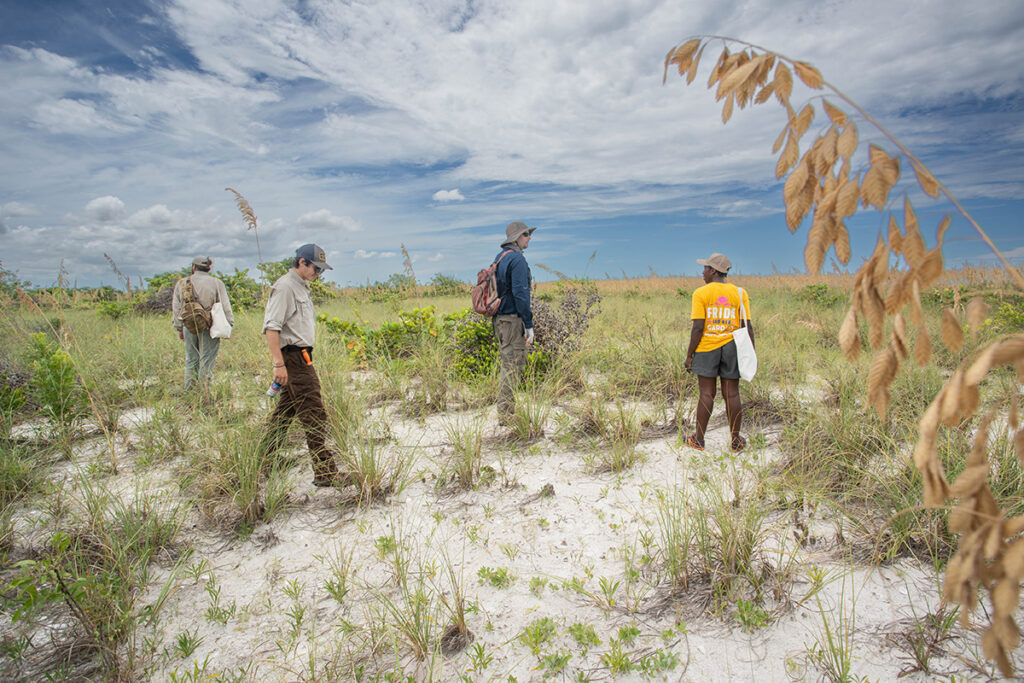
Members of Naples Botanical Garden’s conservation staff comb Keewaydin Island off the coast of Naples, Fl, for seeds that are ready for collecting. According to the garden, they might need thousands, potentially millions, of plants for a large-scale restoration project.
How can we support them?
“Beach dunes are continuously changing, and we need the plants that are adapted to those changes. We need to look to nature when restoring them, which is not always happening. Oftentimes, groups are planting dunes with monocultures, like they’ll put 500 sea oat grass plants together in a big clump. This doesn’t happen in nature. What happens if you have a crop failure and say a plant gets a fungus that destroys the entire crop? I’ve seen this happen repeatedly. The entire spot starts eroding and is lost. At the Naples Botanical Garden, we are trying to identify all the plants necessary for a healthy beach dune ecosystem. What are the colonizers that appear first? What are those plants that help trap sand and build our dunes? And then what are those plants that help hold that sand in place? Then we go out and collect seed and cuttings and figure out how to propagate them.
For example, I’ll share three favorite plants for dune restoration in our area:
Railroad vine (Ipomoea pes-caprae) is a vine that can grow 50 feet long. It recovers very quickly, propagating from both seed and plant parts. When it gets buried by the sand, it roots in and essentially forms a new plant.
Sea purslane (Sesuvium portulacastrum) is what we call a dune initiator. It holds the sand in place and also helps trap wind-blown seeds. It becomes kind of the nurse crop for other seeds to blow in, which helps form a dune.
Beach elder (Iva imbricata) is a shrub that traps sand. It can be buried under two feet of sand and will start putting out new roots. What plant can survive that? It also grows very quickly, suddenly shooting up, much higher than before. Whatever parts get buried become a new root system. The green vegetative part of the plant grows up again and is ready to trap more sand.”
Natural Resources Director Eric Foht carefully collects seeds on Keewaydin Island off the coast of Naples, Florida, to propagate. The botanical garden’s team has identified 20 species to target for shoreline revegetation.
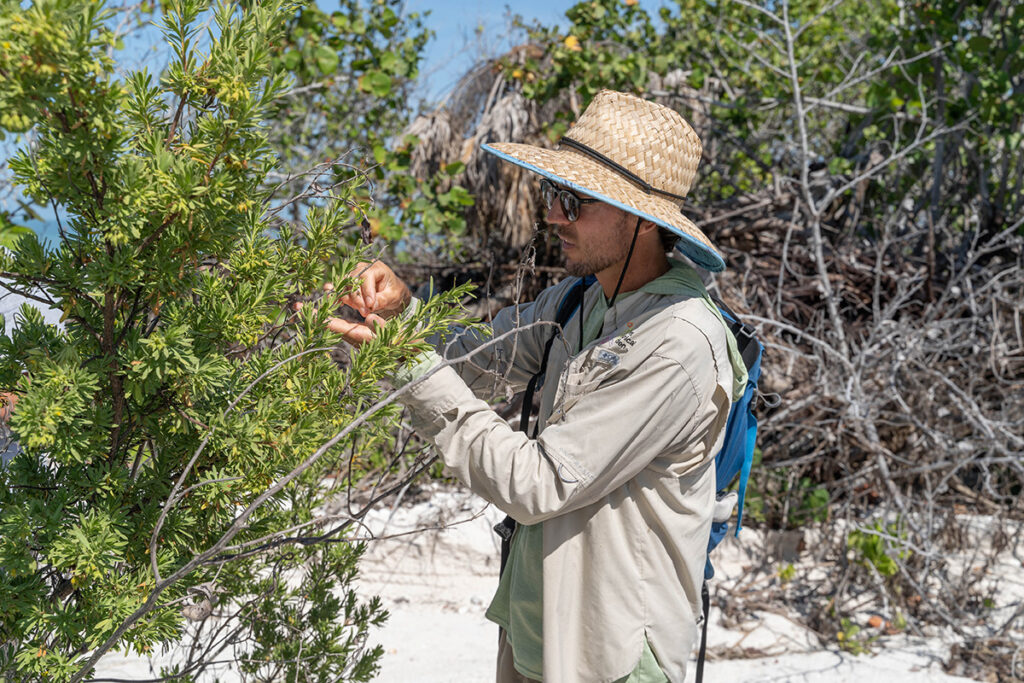
What are some of the challenges of dune restoration?
“Our biggest challenge is the availability of plant diversity and local genetics. We don’t have enough native plants and diversity available commercially. Growers will only grow what’s in demand. We are working with communities, professionals, and municipalities to produce more. We need to collect local genetic material and make it available. At Naples Botanical Garden, we’re collecting and propagating plants ourselves. Sometimes we collect from seed, sometimes we propagate from cuttings or plant pieces or parts, depending on the species. But we need more sources. We need growers to scale up.”
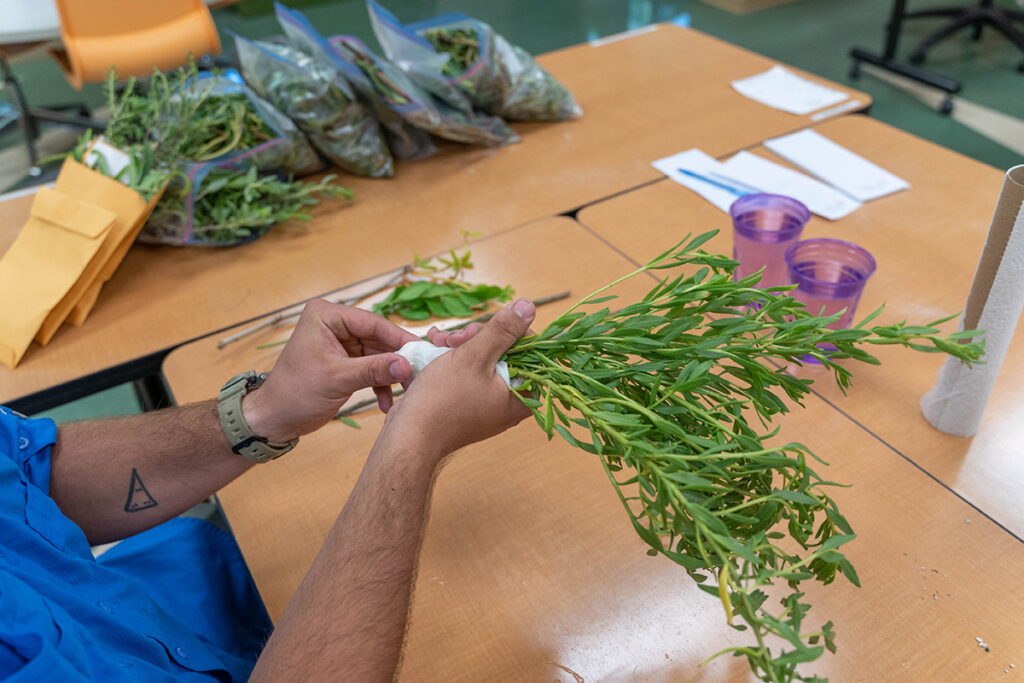
After a collecting trip for native dune plants, Naples Botanical Garden horticulturists return to the lab to process cuttings and seeds. In the past nine months, they’ve propagated 13,000 plants.
Why is plant diversity important?
“Each plant performs a different function on the beach. Perhaps it’s colonizing an area, or it’s trapping sand, or holding sand in place. Sometimes we don’t know what that function is but we’re seeing that it recovers quickly. For example, we’ve noticed that coastal ground cherry (Physalis angustifolia) recovers quite often. It’s not a big plant, nor is it trapping sand or holding it in place, but it recovers, so we’re adding it to our plant palette.
Different plants have different functions, but genetic diversity within a species is also really important. We try to ensure we collect in the wild from as many different areas as possible to get genetic diversity because each individual plant can have a different function—even weaker ones that aren’t really aggressive growers could be resistant to a disease in the future. We don’t know so that’s why it’s important to capture species diversity as well as genetic diversity within a single species to make it available for restoration.”
What can we do to help?
“Advocate for our beach dunes! They bring resiliency to our communities. This is an issue that affects all our coastlines. We’re experiencing sea level rise and increasing intensity of storms and hurricanes. And we’re seeing so much more erosion as a result. It’s a national issue. We’d love for people to advocate for nature-based solutions, like planting dunes with a diverse mix of native plants, rather than just build a seawall. We know that working against nature doesn’t work. Engineering solutions are typically designed to solve one issue and perform that function really well. However, they rarely provide the additional ecosystem functions that nature-based solutions can provide. Nature-based solutions are often more cost efficient. They’re able to adapt to a changing climate, and they provide some ability to recover after a disturbance. We’d love for people to talk to their local governments and advocate for protection of coastal resources by funding the restoration of our dunes using nature-based solutions.
When you’re at the beach, please respect the dunes! Don’t walk through them, put your beach chairs there, or trample on the plants growing in them. Know they are providing valuable benefits to all of us and they need our support.”
To learn more about the dune restoration work at Naples Botanical Garden, click here.
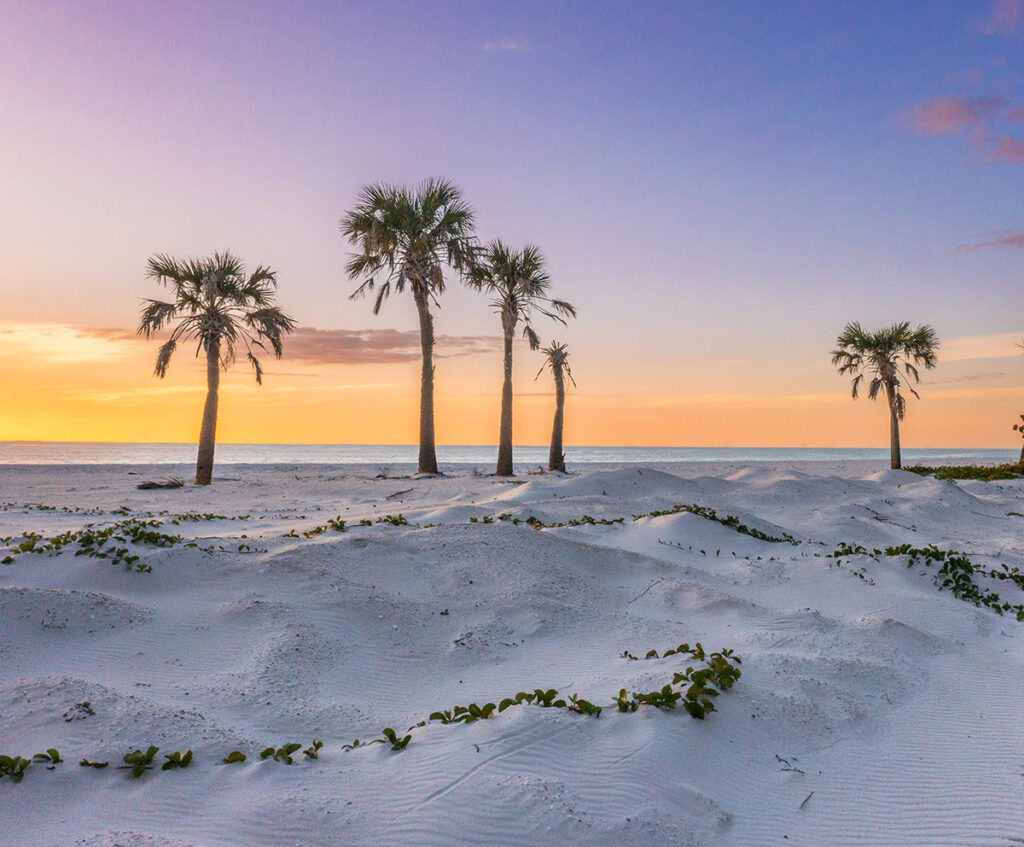
by Melissa Ozawa
This interview has been condensed and edited for clarity.
